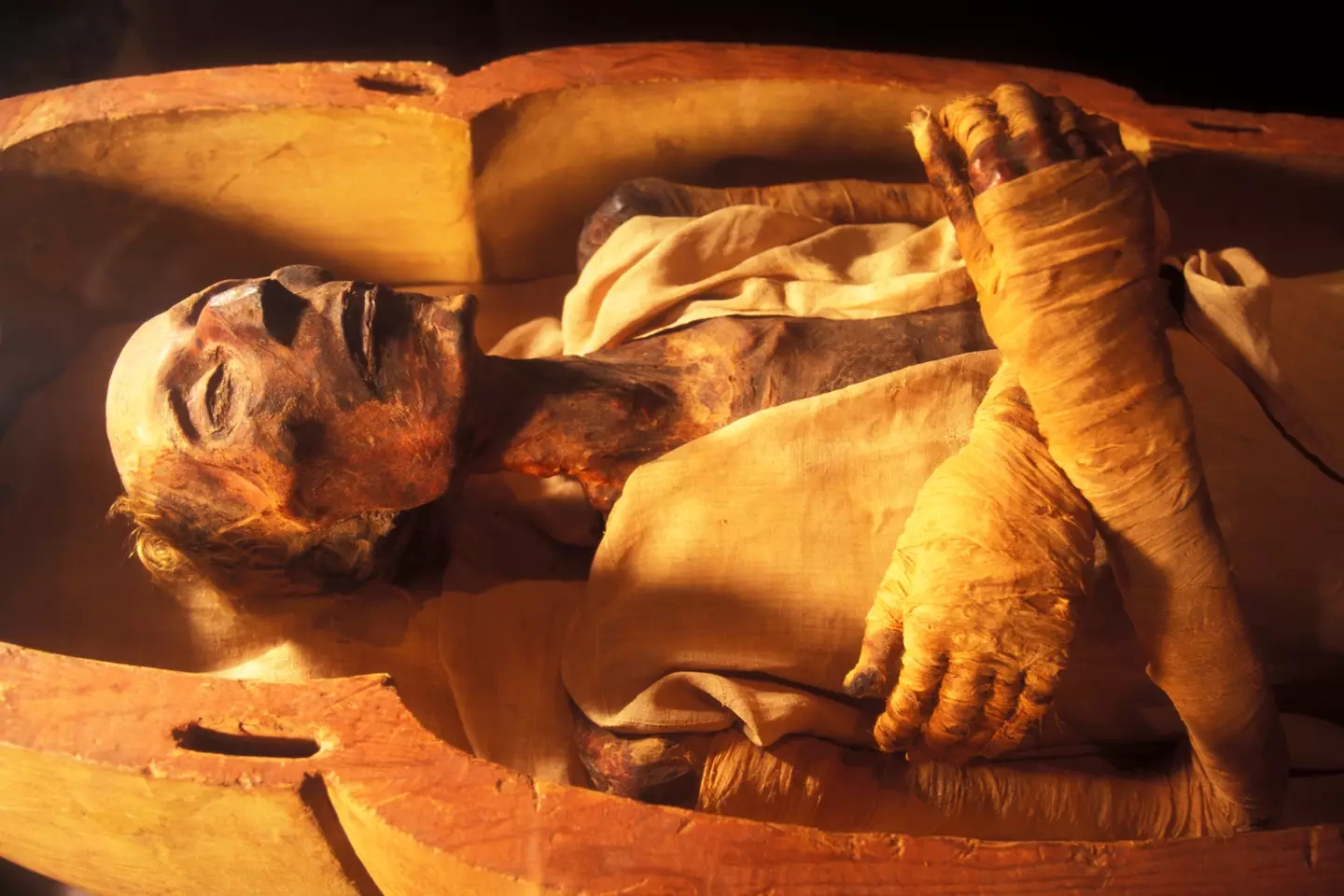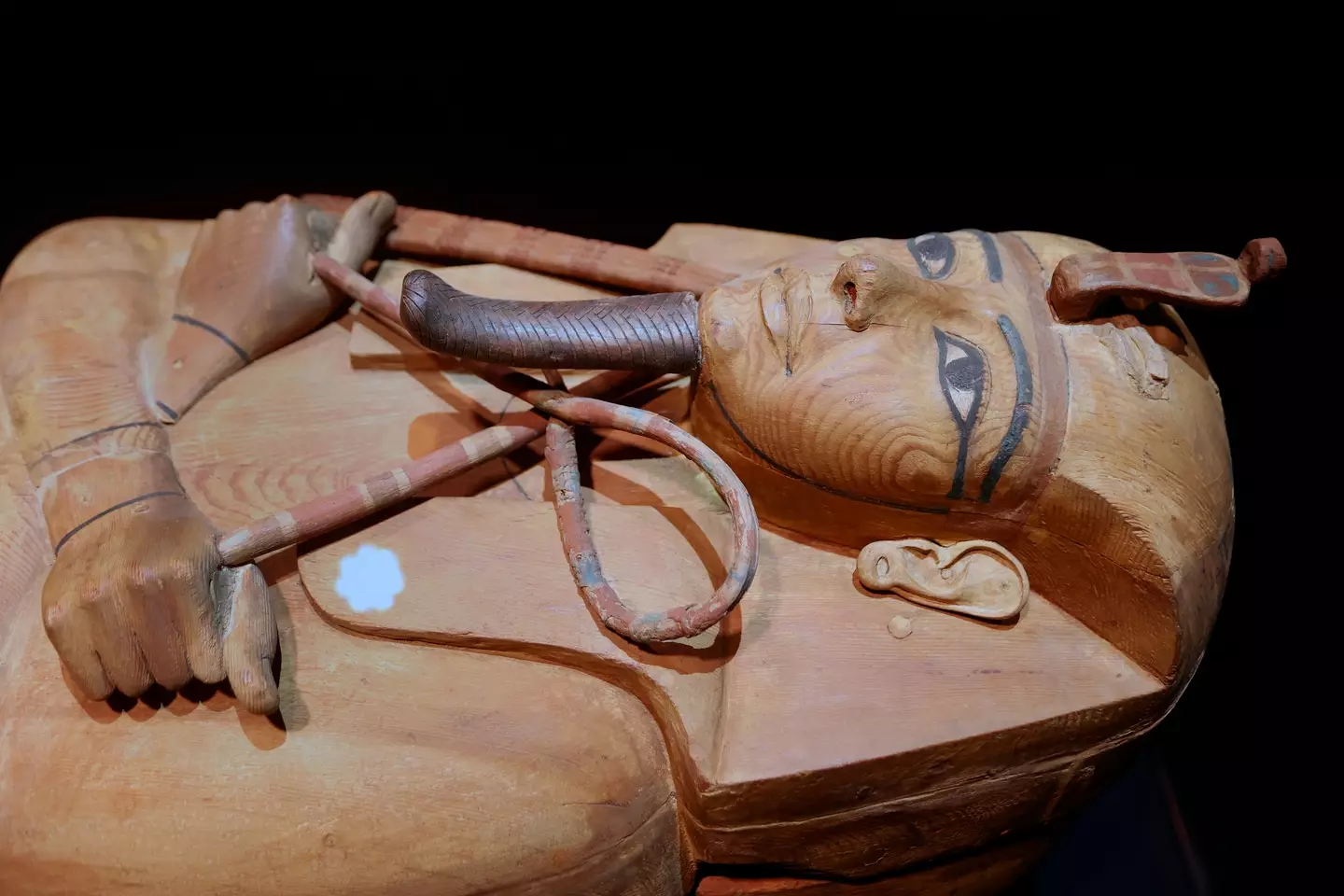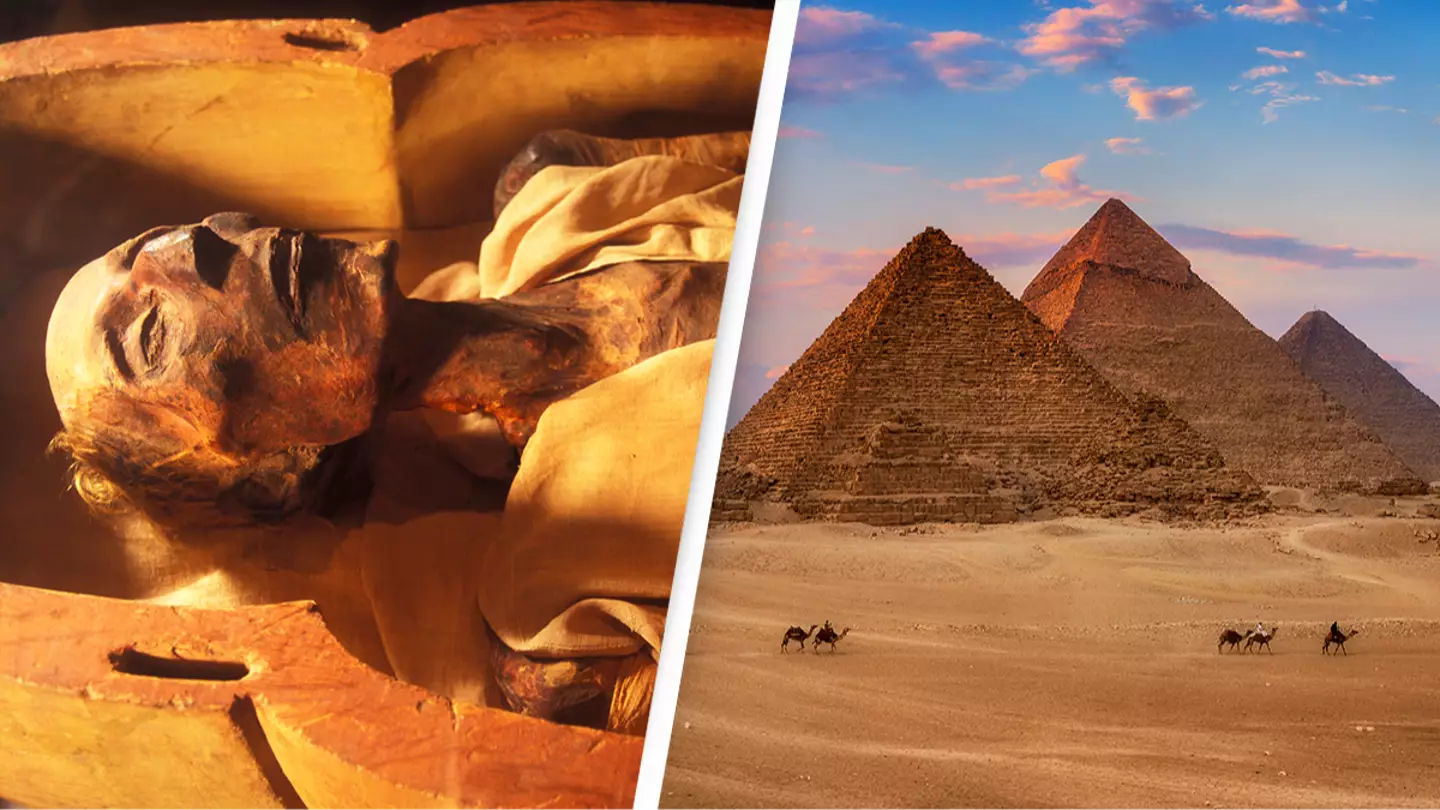Guess what history buffs? Archaeologists just dug up what might be the big-time sarcophagus of none other than an Ancient Egyptian pharaoh! And not just any pharaoh.
We’re talking about Ramesses II, also heralded as Ramesses the Great, easily one of the most famous rulers right after Tutankhamun.
While King Tut might get all the hype because of his lavish tomb, Ramesses II sets the bar on a whole different level.
Why? Because he was one of the most dominant and impactful pharaohs ever to rule Ancient Egypt.
His epic reign stretched from 1279 to 1213 BC, marking the peak of Ancient Egypt’s power.
Massive statues of this legendary pharaoh still tower today, showcasing the colossal influence he wielded back in the day.
He was so revered that later pharaohs dubbed him ‘The Great Ancestor’.
History tells us that Ramesses was initially laid to rest in a golden coffin.

But thieves of antiquity snagged it, and he ended up in an alabaster sarcophagus, which was later destroyed.
Flash forward to now, and archaeologists have unearthed a sarcophagus they believe might have once cradled the remains of the greatest pharaoh himself.
It was discovered beneath a floor in a religious center, holding not Ramesses, but a high priest.
For those keeping track, Ramesses’ own mummified body was found back in 1881, chilling in a plain wooden coffin.
This latest find sheds light on the intriguing burial journey and practices of Ancient Egypt, hinting that even the materials used for the greatest were repurposed.
Frédéric Payraudeau, a seasoned Egyptologist at the Sorbonne, couldn’t contain his excitement over the discovery.

He shared: ‘When I read these results, I was overcome with doubt. I asked my American colleague if I could re-study the file, which he accepted given the complexity of this case.
“My colleagues believed that the cartouche preceded by the word ‘king’ designated the high priest Menkheperre who governed southern Egypt around 1000 BC.
“However, this cartridge actually dated from the previous engraving and therefore designated its first owner.”
And, surprise, that first owner was Ramesses himself.
Payraudeau explained: “The royal cartouche contains the coronation name of Ramses II, which is specific to him, but this was masked by the condition of the stone and by a second engraving, added during the reuse.”
He concluded: “This discovery is new proof that at this time, the Valley of the Kings was the subject not only of looting but also of the reuse of funerary objects by subsequent sovereigns.”

